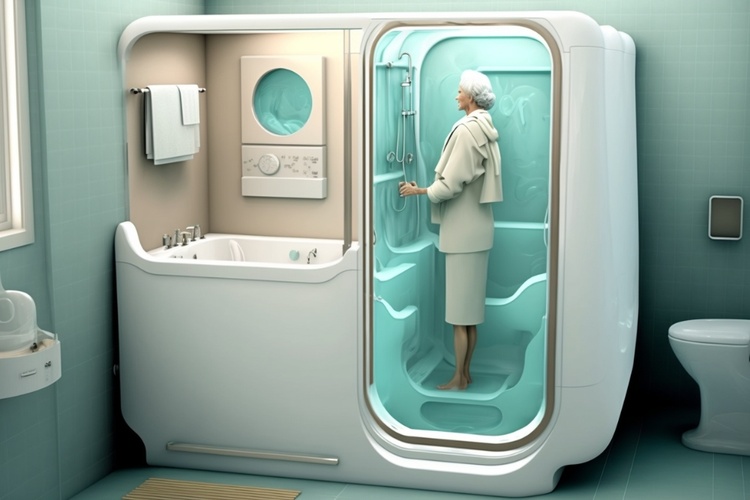A practical guide to installing touch-free bathroom cleansing systems
Touch-free bathroom cleansing systems are increasingly adopted to improve hygiene and reduce cross-contamination in both homes and public facilities. This practical guide outlines planning considerations, plumbing and retrofit options, maintenance expectations, and accessibility features so you can evaluate whether a hands-free cleansing fixture fits your bathroom, personalcare routines, and broader sanitation goals.

This article is for informational purposes only and should not be considered medical advice. Please consult a qualified healthcare professional for personalized guidance and treatment.
Hygiene and sanitation benefits
Touch-free cleansing fixtures reduce direct contact with surfaces that commonly harbor bacteria and viruses, supporting overall hygiene and sanitation. By minimizing hand contact with flush levers, spray nozzles, or control panels, these systems can lower the chance of surface contamination and help maintain cleanliness between routine cleanings. For facilities managing many users, the reduction in touchpoints complements regular cleaning protocols and contributes to perceived personalcare standards among occupants.
Plumbing and installation requirements
Installing a touch-free system requires understanding existing plumbing and electrical needs. Most hands-free units connect to the standard water supply and require a reliable power source for sensors and heaters; some models rely on batteries while others need hardwired power. Check water pressure and drainage compatibility, and consult local building codes for plumbing alterations. A licensed plumber can assess whether additional valves, backflow preventers, or secondary drains are necessary to meet sanitation and safety standards before installation.
Retrofit options for bathrooms
Retrofitting an existing bathroom can be a cost-effective approach to add touch-free capability without full renovation. Retrofit kits are available for many standard fixtures and can replace handles with sensor-operated modules or add standalone cleansing attachments. When planning a retrofit, evaluate mounting space, concealed vs. visible components, and whether tankless or integrated systems are preferred. Retrofitting also offers an opportunity to improve water conservation and modernize fixtures while preserving the room’s layout and accessibility.
Comfort, cleanliness, and personal care
User comfort and perceived cleanliness are key factors when selecting touch-free systems. Temperature-controlled water, adjustable spray patterns, and gentle drying options enhance personalcare and comfort for diverse users. Materials and finishes should resist staining and be easy to clean to maintain long-term cleanliness. Consider the needs of households with children, older adults, or those requiring assistance; features such as adjustable settings and ergonomically placed controls—whether hands-free or remote—improve overall user experience.
Maintenance, conservation, and efficiency
Regular maintenance preserves hygiene performance and system efficiency. Scheduled checks should include sensor calibration, nozzle cleaning or descaling, and verification of seals and valves to prevent leaks. Many touch-free designs incorporate water-saving modes or dual-flow options that reduce consumption compared with older manual fixtures. When selecting a model, review maintenance complexity and parts availability because simpler servicing reduces downtime and supports long-term conservation and operational efficiency in any bathroom environment.
Technology, accessibility, and health considerations
Sensor technology varies from infrared proximity to capacitive touchless controls; choose systems with proven reliability and adjustable sensitivity to avoid false triggers. Accessibility features like remote controls, preset functions, and clear indicators support users with mobility or dexterity challenges, aligning with inclusive design principles. From a health perspective, integrating touch-free systems into broader sanitation protocols—cleaning schedules, ventilation, and hand hygiene practices—offers the most benefit rather than relying on touchless controls alone.
Conclusion
Touch-free bathroom cleansing systems offer measurable benefits across hygiene, accessibility, and user comfort when chosen and installed with attention to plumbing compatibility, maintenance needs, and real-world usage patterns. Thoughtful retrofits can modernize older bathrooms while conserving water and improving sanitation protocols. Assess your space, consult professionals for plumbing or code questions, and select technology that balances reliability with practical maintenance and accessibility requirements.






